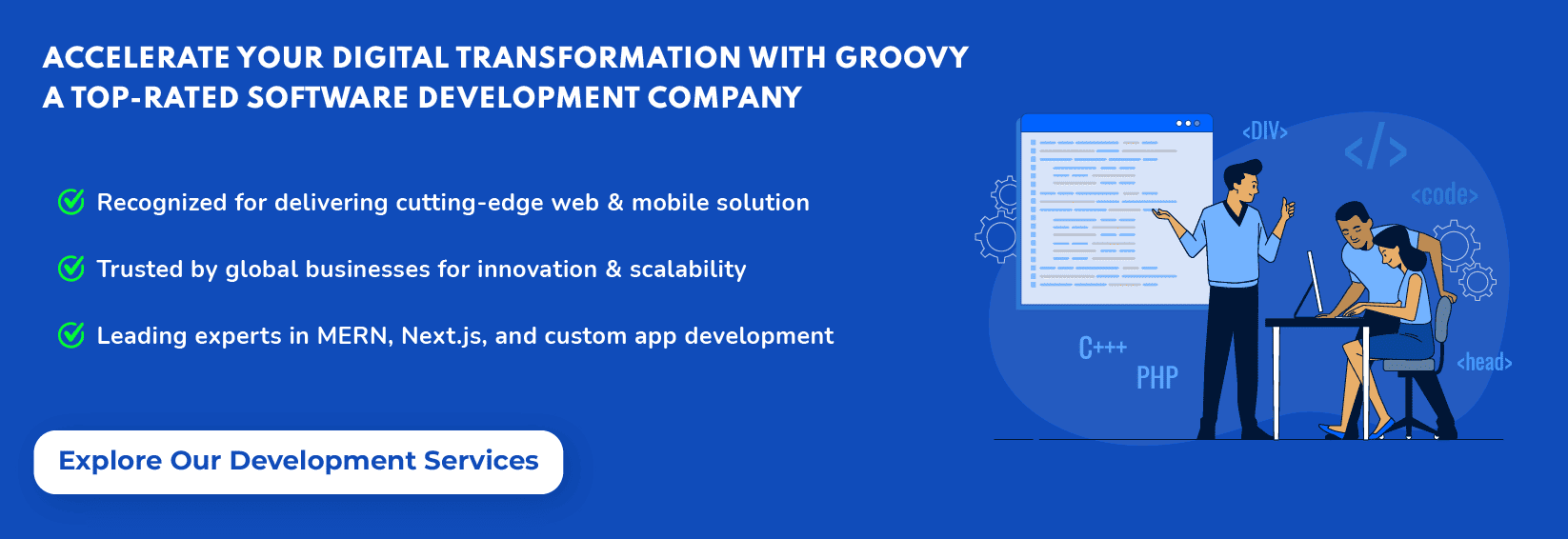How to Develop a Freight Marketplace: Step-by-Step Guide
Sagar Patel
May 06, 2025 12 Views
Quick Summary : This blog is your guide through the process of creating a digital freight marketplace from scratch. It has it all figured out tech stack, core features, real-time tracking, payment systems, compliance, how to roll out into the real world. Whether you are a logistics startup or a product team working on a transport app, this guide demystifies everything.
A digital freight marketplace is a type of freight marketplace that connects shippers (people who need to ship something) with carriers or drivers (people who can move what they need shipped or drive the shipment). Consider it a matchmaker that connects both sides quicker and finds a rate to agree upon and even delivery all in one place.
But, behind the scenes, it’s so much more than matching. You require strong databases, real-time tracking, secure transactions, workflows that address all aspects from booking to proof of delivery. In other words, you aren’t just building an app; you’re building frieght marketplace infrastructure for the future of global logistics.
Definition and Role in Logistics
The platform manages the shipment lifecycle listing a load, booking a truck, tracking movement, collecting digital proof of delivery and processing payments. Done correctly, it can eliminate brokers and manual dispatching in favor of automated and auditable processes. These are foundational needs in any serious transport and logistics app development initiative.
Growing Significance in the Digital Era
The market has experienced explosive growth. The digital freight matching market was valued at USD 47.21 billion in 2024; this is anticipated to grow with a healthy growth rate of digital freight is more than 32.1% over the forecast period 2025–2030. This highlights the ways businesses are evolving in overwhelming numbers toward these speedy, in-the-app freight solutions in the context of larger transport and logistics app development strategies.
Market Research and Analysis
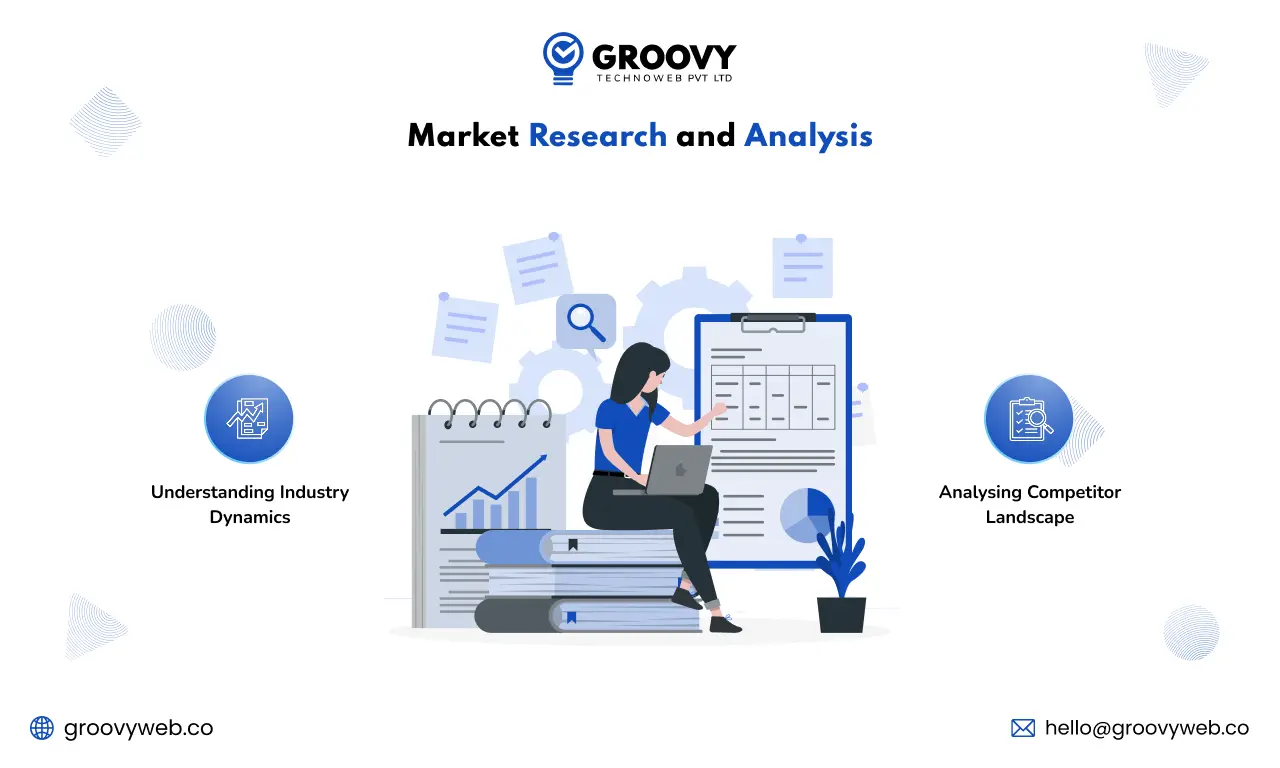
Understanding Industry Dynamics
You must start with the freight ecosystem — shipper needs, carrier constraints, compliance regulations, how loads are now booked. Identify pain points by talking to logistics managers, fleet owners and independent drivers.
Identifying Target Audience
Are you seeking to build for the big logistics companies? Owner-operators? E-commerce players? The primary user type will radically change your tech stack and feature list. There is no one-size-fits-all in freight. Understanding this early is crucial when planning how to develop a digital freight marketplace that caters to each segment.
Analyzing Competitor Landscape
Know competitors such as Uber Freight, Convoy, or Load smart. See what those platforms do well and where users still have trouble. This research defines your differentiation strategy.
It’s also important to recognize that the freight market is very fragmented. Only 30% of freight activity is managed by the 50 largest trucking companies, according to the TCS, and one in nine truckers is an independent owner-operator. This fragmented delivery environment presents a unique opportunity for tech platforms to create order and access at under-networked carriers exactly what a digital freight marketplace is positioned to solve.
Defining Platform Objectives and Features
Establishing Core Functionality
Start with a minimum set of use cases:
- Shippers post loads
- Carriers browse and accept loads
- Both parties track progress
- Secure communication and digital proof of delivery
- Automated payment and invoicing
Functions must be production-ready on day one. Load matching and driver reliability tracking are two of the key systems you will create your custom digital freight marketplace.
Key Features for Shippers and Carriers
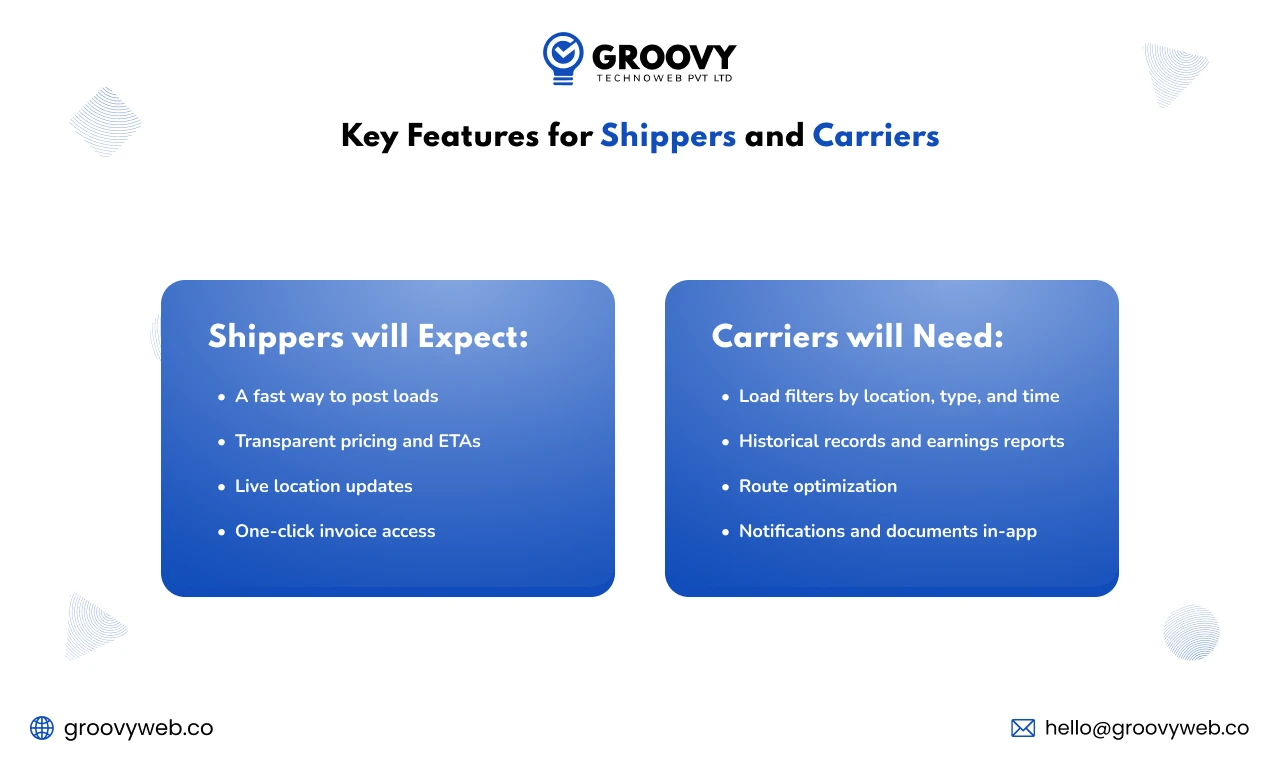
Shippers will expect:
- A fast way to post loads
- Transparent pricing and ETAs
- Live location updates
- One-click invoice access
Carriers will need:
- Load filters by location, type, and time
- Historical records and earnings reports
- Route optimization
- Notifications and documents in-app
User Experience Considerations
Avoid complexity. A carrier on the road, for instance, shouldn’t have to click through five menus to accept a load. Make all core functions within 1–2 taps. Simplicity like this is a key consideration in how to develop mobile app interfaces that people in logistics actually want to use.
Technology Stack and Development Tools
Choosing Appropriate Technologies
You’ll have to build a stack that underlies real-time location, secure financial transactions and scalable traffic handling. Examples:
- Backend: Node.js or Python (FastAPI), PostgreSQL, Redis
- Frontend: React.js (web), React Native or Flutter (mobile)
- Messaging & Tracking: WebSockets for real-time communication, MQTT or REST for GPS updates
Backend Infrastructure
Microservices Architecture would simplify scaling. Heavy backend jobs like pricing or bidding calculations should use asynchronous message queues (e.g., RabbitMQ or Kafka). Document storage (e.g., PODs, invoices) can be done via Amazon S3. Redis makes it possible to cache the fastest-access data such as top routes or live carrier availability.
Frontend Development Frameworks
Focus on Mobile: 63% of digital freight activity now occurs on mobile platforms, so mobile-first design is essential. React Native or Flutter will support faster builds on both Android and iOS in a way that aids in rapid deployment and testing.
The first one is about the technological backbone that enables the app to work under pressure, the second one is when you are still curious on how to develop mobile app features specifically tailored for freight or logistics.
For businesses budgeting this build, using a mobile app cost calculator before development begins can provide rough estimates of time and investment required for a freight or logistics app MVP.
Data Security and Compliance
Ensuring Regulatory Adherence
You’ll need to comply with:
- GDPR/CCPA for data privacy
- FMCSA for U.S.-based commercial trucking
- PCI-DSS for payment handling
Integrate regional documentation requirements particular to your launch region, especially around driver and vehicle verification.
Privacy and Data Protection Measures
Store it with AES-256 encryption, on transmission use HTTPS/TLS, and password hashing use bcrypt. Be sure to implement user-level access control so that carriers can’t view shipper documents and you won’t see them either, or vice versa.
Secure Transactions and Communications
The direct storage of payment information is never permissible. Use payment gateways such as Stripe Connect, Razorpay or PayPal Payouts. Always log activity and implement message expiration for practical security auditing.
User Interface (UI) and User Experience (UX) Design
Creating an Intuitive Design
No clutter, no needless clicks. Allow users to perform common steps, in as little as seconds like “Post Load” or “Mark Delivered”. Keep showing data relevant to each next step. When designing a digital freight marketplace, intuitive flow is just as important as backend logic. The best transport and logistics app development projects prioritize fast access to high-use features without complex onboarding. If you’re wondering how to develop mobile app UI that works, start with what users do 10 times a day—not once a month.
Both shippers and carriers should use dashboard-style layouts. Tabs such as “Active Loads,” “History,” “Documents” and “Payments” help keep things organized. These types of modular UI structures are common in successful transport and logistics app development platforms, especially those built as part of a scalable digital freight marketplace. For teams exploring how to develop mobile app navigation for logistics, thinking in terms of dashboard-style task grouping works best.
Optimizing for Mobile Accessibility
Mobility responsiveness is a non-negotiable. For low connectivity, make provisions for offline support and local storage caching. Provide low-data versions of maps or geolocation tools. These features aren’t just nice-to-have—they’re critical for mobile-first digital freight marketplace users. If you’re in the early budgeting stages, consider using a mobile app cost calculator to understand how much it will cost to support offline caching or live maps, which are both essential in real-world transport and logistics app development.
Development Phase
Agile Development Approach
Work in 2-week sprints. The net represent: Build, test, collect feedback and iterate. Don’t cut the ribbon with everything—start with essential workflows and shape your direction after launch. This methodology is well-suited for iterative rollouts of a digital freight marketplace, especially if you’re new to building mobile app services for enterprise-grade users.
Iterative Prototyping
Make wireframes using Figma. Create interactive prototypes and validate flows with actual users shippers, drivers, dispatchers. Pinpoint actions that seem slow or ambiguous. Good transport and logistics app development always includes field feedback, especially during MVP planning of a digital freight marketplace. These early interactions also help you refine what shows up in your mobile app cost calculator estimates adding only what users really need.
Continuous Testing and Feedback
Unlike the traditional waterfall model, this Agile pattern allows continuous testing and feedback throughout the process. Couple unit tests, integration tests, staging. This can be automated with tools like Postman, Cypress, and Jest. Logistics pros are among the key members you should include in UAT to validate that your platform is performant in the wild. If you’re actively researching how to develop mobile app test cases or beta workflows, model it after the most common freight interactions in a real-world digital freight marketplace.
Integration of Payment and Billing Systems
Secure and Efficient Transaction Processes
Your platform must be able to:
- Collect from shippers
- Hold payments in escrow
- Release payouts to carriers
- Generate automatic tax-compliant invoices
This is a baseline for transport and logistics app development, especially when planning a functional digital freight marketplace with financial modules.
Implementing Payment Gateways
Integrate with Stripe Connect or Razorpay for payout processing (similar to a marketplace). You get account verification, payment scheduling, and fraud detection between these gateways out of the box. If you’re budgeting this module, a mobile app cost calculator should include payout API integration and escrow logic as standard line items for any freight solution.
Automated Invoicing and Billing
You must generate a digital invoice for each load. The first ones should be linked with user ID and stored in the user dashboard. Downloadable PDF support and CSV exports to integrate with accounting. These features are expected by users of any modern digital freight marketplace, and if you’re outlining finance features, make these available from MVP stage. Many transport and logistics app development teams prioritize automated billing in the first release because it’s tightly linked to revenue.
IX. Real-time Tracking and Analytics
Implementing Tracking Features
Trackers are features that are implemented during the development phase. Monitor all loads in real-time. Store GPS photos every 1 minute and show this data to shipper and carrier. This real-time logic is a non-negotiable requirement in any scalable digital freight marketplace.
Integration with GPS and IoT
Use the in-shared device level GPS on the app. For fleets with telematics systems, provide support integration points, such as an API connection, with ELD or GPS trackers. This is considered a standard feature in most transport and logistics app development checklists and is often one of the largest modules calculated inside a mobile app cost calculator for freight systems.
Data Analytics for Performance Evaluation
Your dashboard should track:
- Load completion rate
- Average delivery time
- Payment timelines
- Carrier performance
Companies like Uber Freight have achieved 10–15% reduction of empty miles through AI route planning; similarly, your platform can improve routing efficiency (and match quality) using tactics like these. Advanced reporting is also key if you’re outlining mobile app dashboards inside a full-featured digital freight marketplace.
Quality Assurance and Testing
Thorough Testing Procedures
Don’t go live without stress testing APIs, map loads, and location updates. Test for:
- Real-time event failures
- Multi-user booking conflicts
- Inconsistent time zones or currencies
Every transport and logistics app development project, whether small or enterprise, requires proper load testing to validate uptime during real-world usage of a digital freight marketplace.
Functional and Performance Testing
Run end-to-end tests for each load journey—post, book, dispatch, and payout. Test your infrastructure under pressure with 1000+ concurrent bookings. These scenarios should be factored early in your mobile app cost calculator before budgeting server infrastructure and testing hours.
User Acceptance Testing
Within a closed network of 5–10 shippers and carriers, test your MVP. But they also simply watch how they use the platform. Inquire about what’s missing or unclear. Iterate quickly. These kinds of feedback loops define how well you’ve understood how to develop mobile app logic in the context of a functioning digital freight marketplace.
Launch and Marketing Strategy
Rollout Plan
Don’t start nationwide on day one. Pick one city or region. Direct marketing and operations toward that zone. By the time you scale to a hundred or a thousand customers, you want everything around support and onboarding to be solid. This rollout style suits most digital freight marketplace startups.
Initial User Onboarding
Provide guided setup, live chat, or even telephone-based onboarding. Small carriers or small shippers may not be tech-savvy. Keep it simple. This is a detail that gets overlooked but matters deeply in transport and logistics app development.
Strategic Marketing for User Acquisition
Conduct targeted LinkedIn campaigns, run webinars for logistics companies, and partner with local freight associations. Utilize referral systems to quickly expand your carrier network.
Use a mobile app cost calculator to get an idea of budget or cost model estimates before building. It helps reduce uncertainty in planning, especially when pitching to investors or leadership.
Feedback Mechanism and Continuous Improvement
Implementing User Feedback Loops
Put a send feedback button in the app. Run periodic NPS surveys. Monitor app store reviews and respond promptly. This is a must-have in any long-term digital freight marketplace roadmap.
Monitoring Platform Performance
You can use tools like Sentry and PostHog to track bugs, user activity, downtimes, crash logs, etc. Verify the time between the expectation and the action. Monitoring is one of the top categories you should account for if using a mobile app cost calculator.
Iterative Updates and Enhancements
Push small updates weekly. Add large features quarterly. The stability of the platform comes first, so no new features or bug fixes do not take precedence. This is standard advice in every transport and logistics app development cycle.
Scaling the Platform
Handling Increased Traffic and Users
Implement load balancers and auto-scaling groups. Domain-wise separate services – payments, loads, tracking – so it can scale independently. Scaling is the ultimate test of your mobile app planning and backend readiness in a digital freight marketplace.
Scalability Measures
So, use Docker + Kubernetes to host services. Stage your application on AWS or Google Cloud for worldwide access. Begin with regional zones and expand outward. These tools are now standard in mid-sized transport and logistics app development teams.
Expanding Services and Features
Introduce:
- Multi-stop route support
- Warehousing integrations
- Real-time bidding
- Fleet-level analytics
These additions often shift your mobile app cost calculator estimate dramatically. Plan feature phases based on customer needs and tech capacity in your digital freight marketplace.
Monitoring and Maintenance
Proactive Issue Resolution
Set up downtime alerts. Track service spikes and memory leaks. Error logs are for auditing purposes. These are vital steps in ensuring that your digital freight marketplace stays dependable for all users.
24/7 Support and Maintenance
Create multi-tiered support with agents or chatbots. Use ticketing tools like Freshdesk or Intercom. Infrastructure support should always be accounted for in your mobile app cost calculator if you’re building a serious transport and logistics app development pipeline.
Ensuring Platform Reliability
Aim for 99.9% uptime. Implement retry logic, circuit breakers, and fallbacks if APIs are unavailable. Perform maintenance with clear communication. These features align with every standard in developing mobile app systems for high-volume logistics.
Conclusion
Creating a freight marketplace requires good technical planning, intelligent infrastructure, and an understanding of how the freight industry actually functions. When the platform is built well, it becomes much more than the platform — it becomes the system the logistics players depend on to move goods and grow their business. Whether you’re doing it yourself or partnering with experts, knowing how to develop mobile app systems that actually serve freight needs is where it all begins.
Written by: Sagar Patel
Sagar Patel is the CTO and Co-founder of Groovy Web. He was involved in the telecommunications & Automation industry during his early career. Still, due to his attitude toward learning anything new and mastering it, he now works as a CTO for Groovy Web. Through their business mindset and logical approach, they have taken their company to the next level; His responsibilities now include all aspects of the business. Among them are finance, process design, and development.
Frequently Asked Questions
We hope these clear your doubts, but if you still have any questions, then feel free to write us on hello@groovyweb.coWhat tech stack actually works for this kind of app?
You’ll need real-time location, stable payments, and fast performance. Backend tools like Node.js or FastAPI, mobile frameworks like Flutter or React Native, and tools like WebSockets for live tracking usually work well.
Do I need mobile-first design?
Yes. Most drivers and shippers will use this on their phones. Make sure actions like accepting a job or uploading delivery proof take 1–2 taps, not 6 clicks. Offline access and low-data support are also a must.
What about payments and documents how do I manage that?
Use secure payment gateways like Stripe or Razorpay. Keep things like invoices, PODs, and user docs stored safely (think: Amazon S3, encryption, access control). And yes, build automatic billing right into the dashboard.
When should I launch and how do I start small?
Don’t go all-in on day one. Pick one city or region, test the waters, learn from real users, and improve. Have solid onboarding, support, and feedback loops ready before scaling.
Related Blog
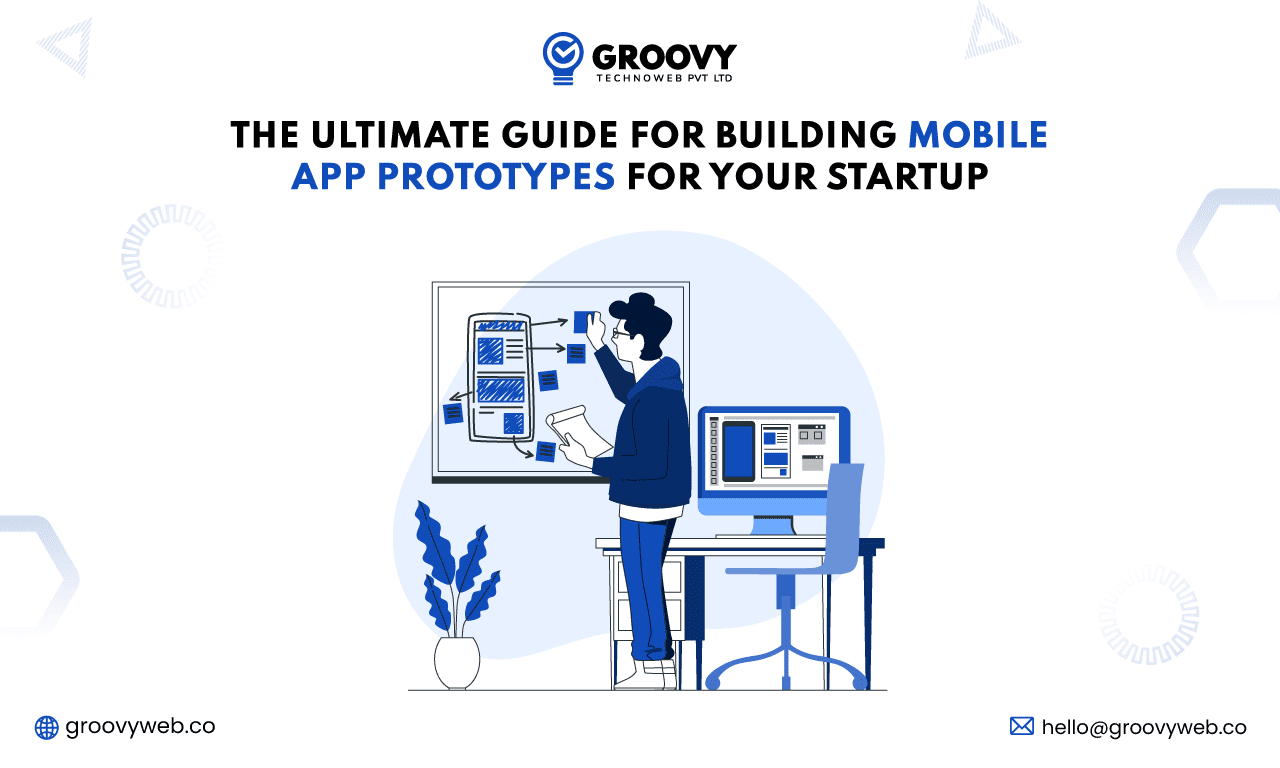
Rahul Motwani
The Ultimate Guide for Building Mobile App Prototypes for Your Startup
Mobile App Development 14 Nov 2024 16 min read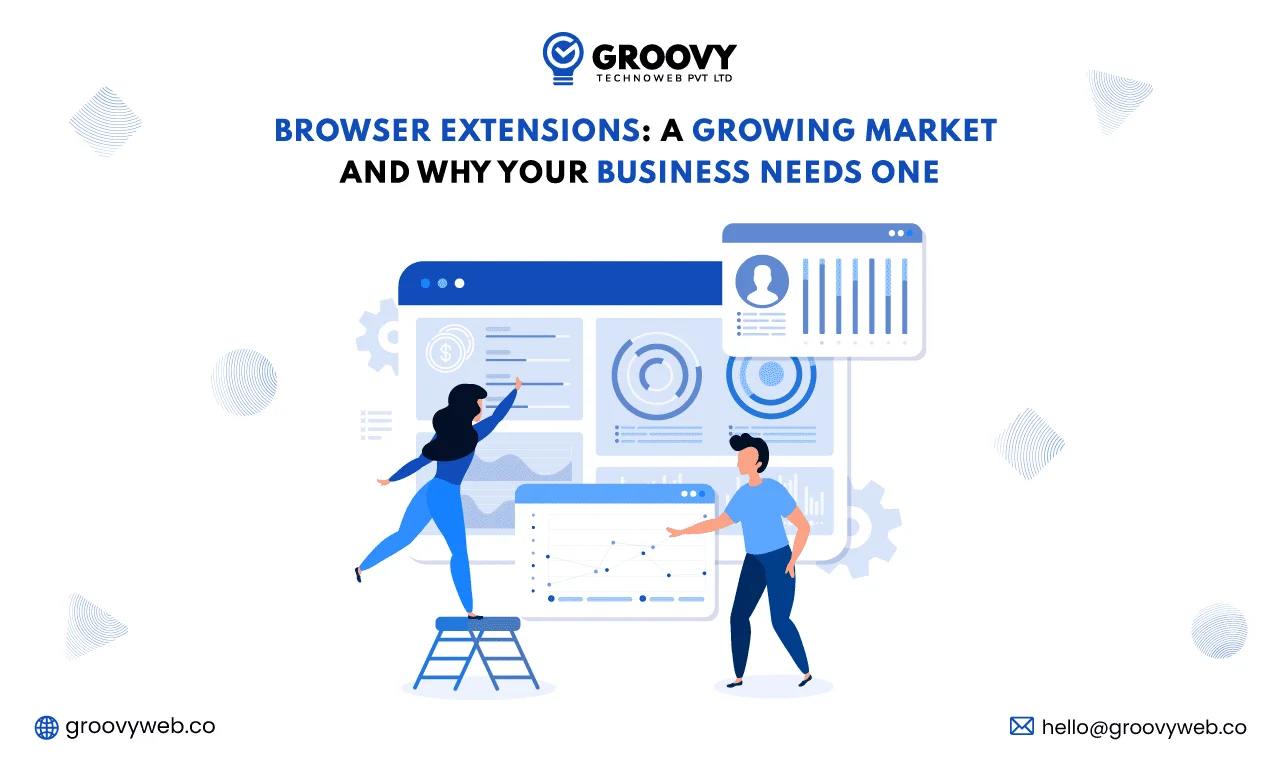
Nauman Pathan
Browser Extensions: Growing Market & Why Your Business Needs One
Web App Development 31 Mar 2025 8 min read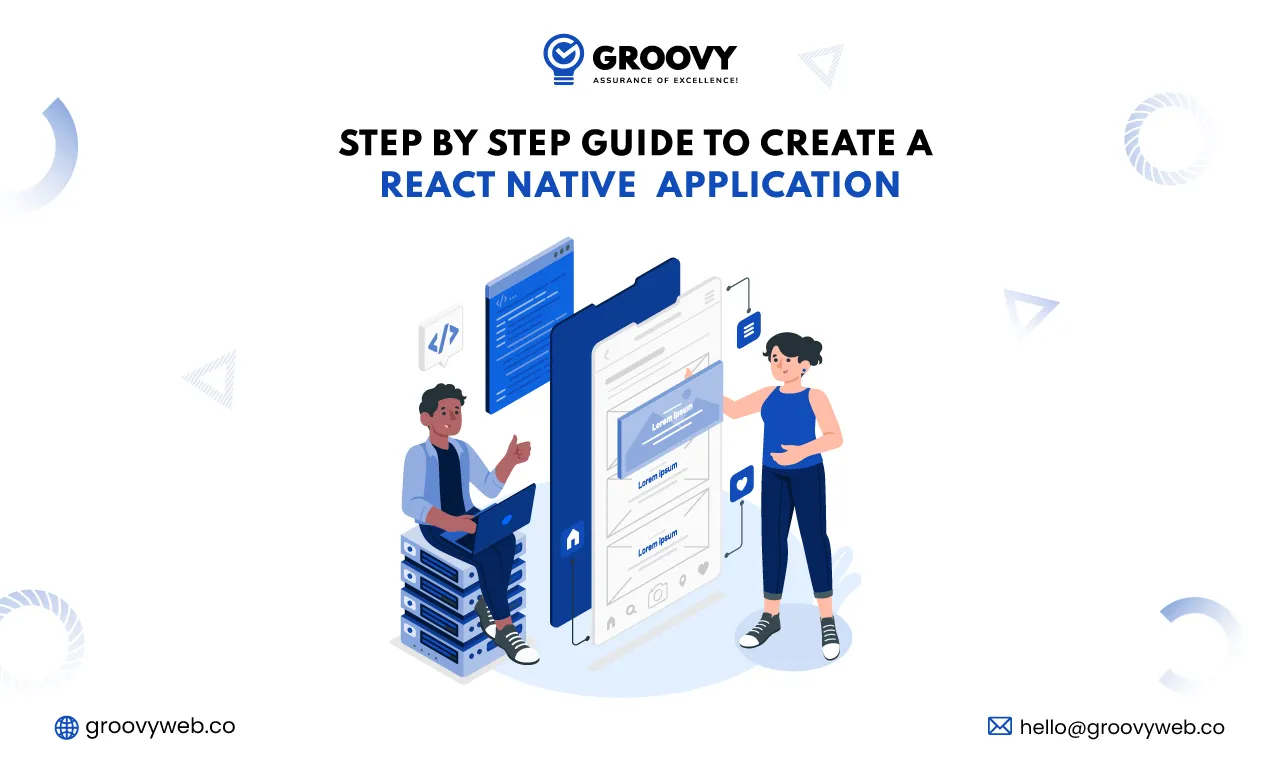
Rahul Motwani
Step by Step Guide to Build A React Native App
Mobile App Development 05 Mar 2025 29 min readSign up for the free Newsletter
For exclusive strategies not found on the blog
